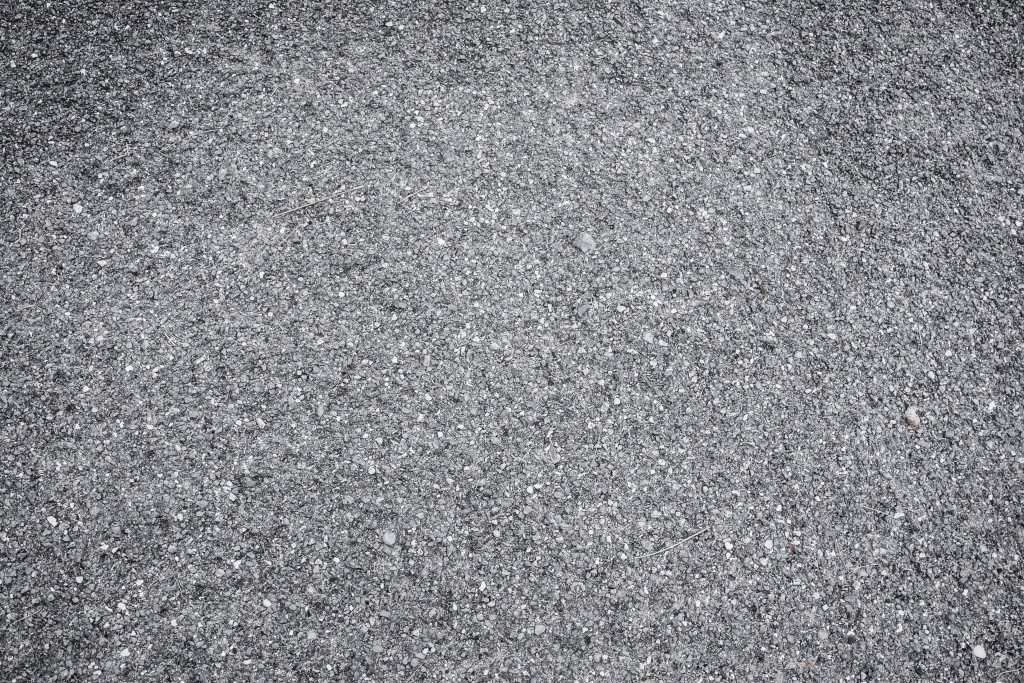Concrete has been a basic building block of many of our modern structures today. Easily crafted with many applications, the workability of concrete is one of the many reasons it’s an essential material in any construction project that we take today.
Residential concrete contractors from Kansas City to Flint, Michigan all use concrete as a primary source of their building material. Despite the ubiquity of concrete, it doesn’t come without a few flaws of its own.
Weathering, corrosion, binding, and setting speed are problems that concrete mixers and manufacturers face on every project. And while it’s possible to sidestep these problems with a little ingenuity and some hard work, the primary issue lies in the concrete itself.
In response to this, a new type of concrete was created: polymer concrete, which has additives that not only eliminates the usual issues faced by using ordinary concrete but provides a host of other benefits as well.
What Is It?
In essence, polymer concrete isn’t that much different from regular concrete—it still contains all the usual matter and particulates that regular concrete has, such as water, sand, gravel, and other materials that are used to make the actual solution. Likewise, the application of both concrete isn’t that too far apart either.
The one thing that makes these so different is the base of the binder that they use. Binders allow all the disparate (powdered or crushed) elements of the concrete to stick together once mixed. The majority of traditional concrete uses lime-based binders, which are relatively easy to source and inexpensive to apply to the cement itself. However, polymer concrete uses many different types of binders, which can have different effects.
For example, acrylic binders set quick to set and highly resistant to weathering, while Furan resins can resist extremely high temperatures. Epoxies create a very strong material and polyurea resins can replace phenolics or formaldehyde when mixed with the concrete. Other bases have other benefits, and mixing different binders with different aggregates can produce stronger and better results.
Some considerations

Of course, given that the materials used for the binder are somewhat difficult to work into a form that works with cement, polymer concrete does carry a higher price tag. It’s usually used in specialty construction projects where the building needs some sort of higher structural integrity than the usual.
Another thing to take into consideration is that while the binders are extremely effective when it comes to their effects on the concrete, this makes the mixing process a little more complicated than traditional concrete. Some of these binders can lose their efficacy if mixed in the wrong amounts or handled incorrectly and may result in a substandard concrete mixture that can severely threaten structural integrity.
If you’re looking at a special construction project and are thinking of using polymer concrete, it’s best to ask an expert on the material before trying it out. You can get a good idea of what it will cost to incorporate that into your building project and get a reliable source of the construction material if you do decide to push through with it.
